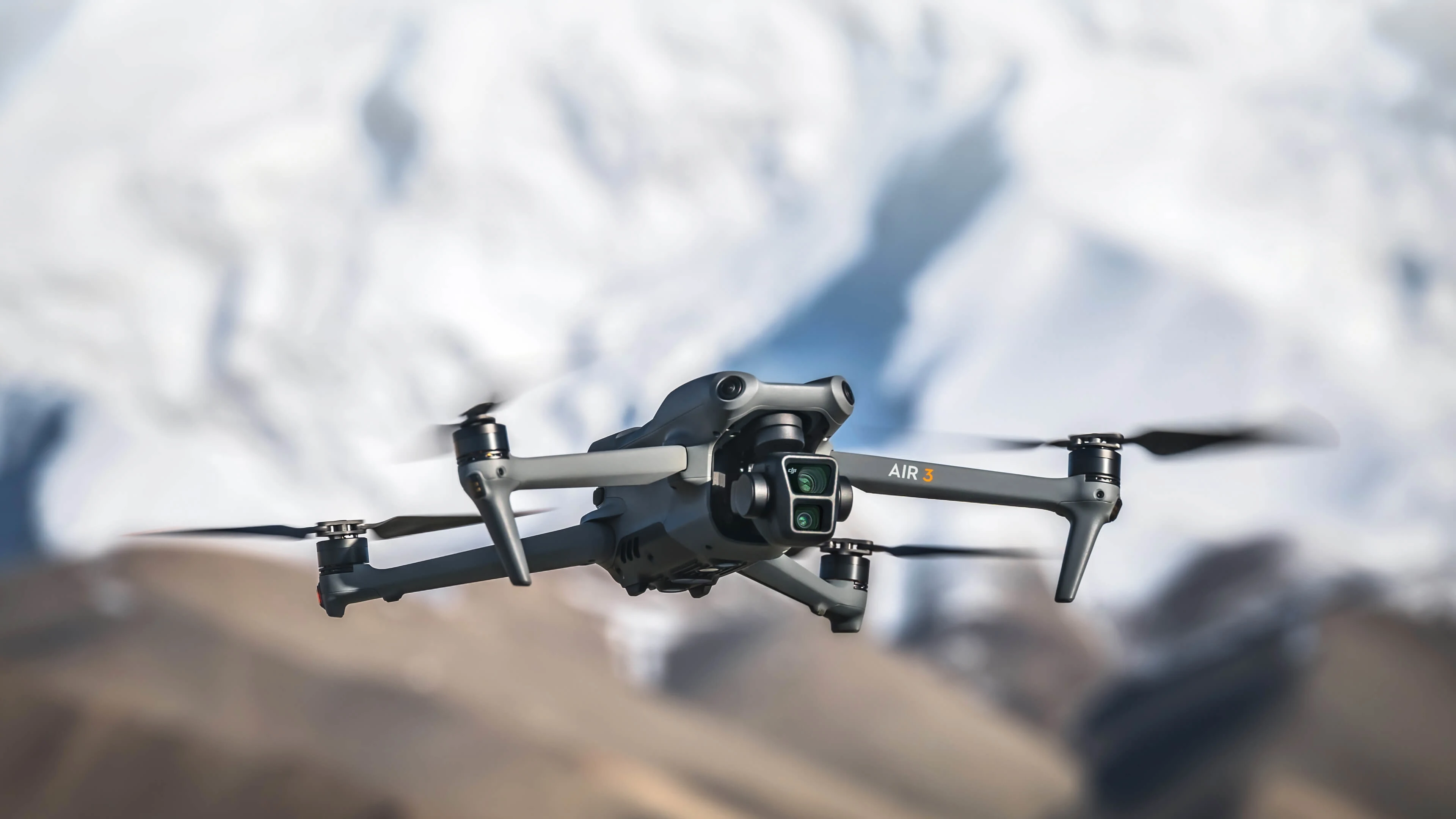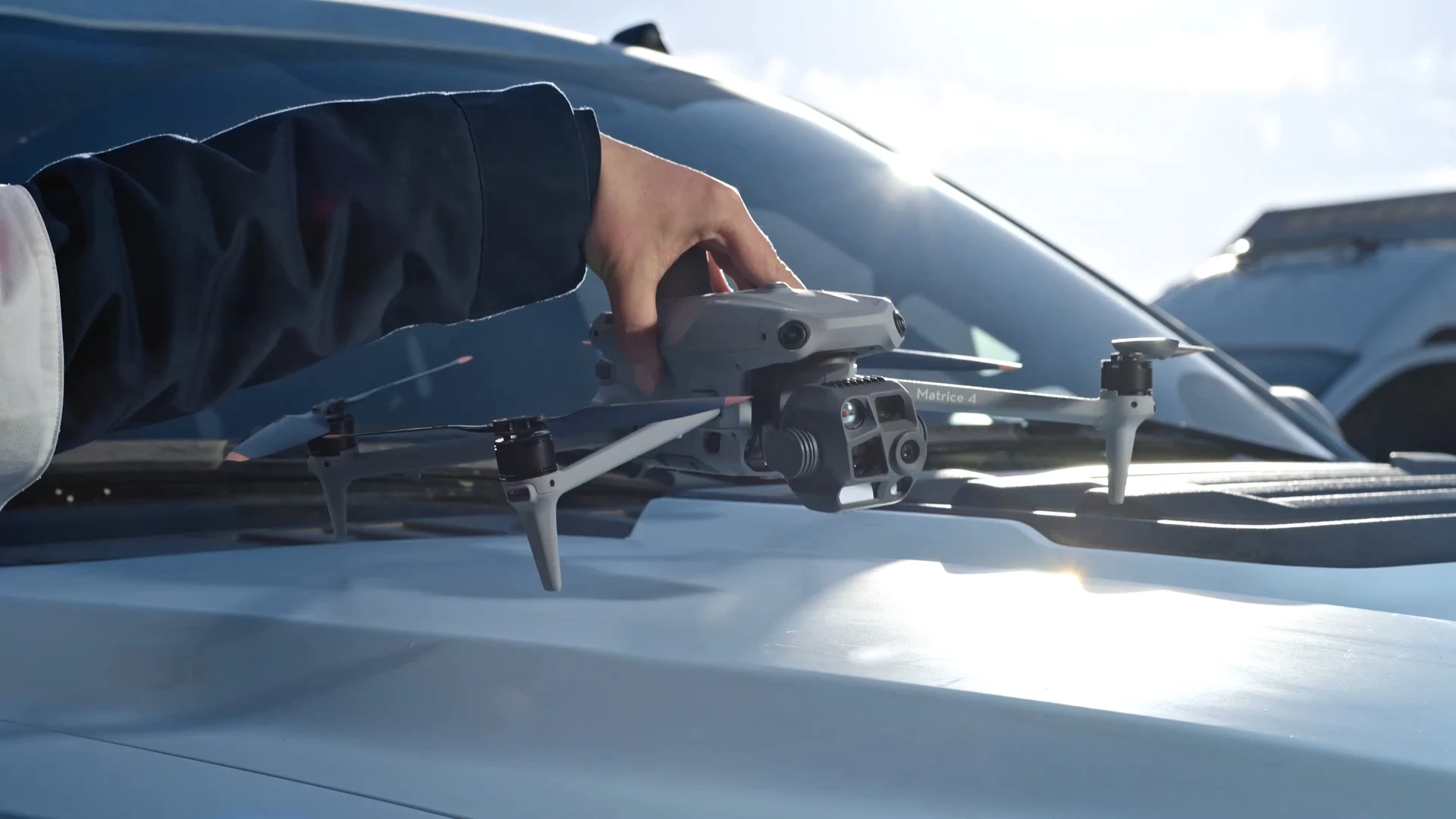Flying a drone for the first time can be thrilling, but beginners often make avoidable mistakes. Here’s a comprehensive guide to help you fly safely and confidently.
Getting started with drones is exciting, but first-time pilots often face challenges that can lead to crashes, fines, or damaged equipment. Being aware of common mistakes can save you time, money, and frustration. Let’s dive into the pitfalls that many beginners encounter.
Ignoring Local Regulations
Every country has its own drone rules, including where you can fly and how high. Beginners often assume they can fly anywhere, which can result in fines or legal issues. Always check the local aviation authority's regulations and follow them closely.
Skipping Calibration
Many new pilots skip compass and IMU calibration, which is essential for stable flight and accurate GPS tracking. Failing to calibrate can cause your drone to drift, lose orientation, or even crash. Always perform calibration before flying.
Flying in Bad Weather
Wind, rain, and fog can destabilize your drone and damage sensitive electronics. Beginners sometimes ignore weather conditions, assuming they can fly in any environment. Check the forecast and avoid flying in extreme conditions.
Overestimating Battery Life
New pilots often assume their drone can fly longer than it actually can. Flying too far or high may result in depleted batteries and forced landings. Always monitor battery levels and plan your flight with some buffer time to return safely.
Neglecting Obstacle Awareness
Many beginners focus solely on flying without paying attention to obstacles like trees, power lines, or buildings. Maintain a clear line of sight, and use obstacle sensors if available, to prevent crashes and ensure safer flights.
| Mistake | Why It Matters | How to Avoid |
|---|---|---|
| Ignoring Regulations | Legal issues and fines | Check local rules before flying |
| Skipping Calibration | Drone drift and crashes | Calibrate compass and IMU before each flight |
| Flying in Bad Weather | Damage to drone electronics | Avoid flying in wind, rain, or fog |
| Overestimating Battery | Forced emergency landings | Monitor battery levels closely |
| Neglecting Obstacles | Collisions and crashes | Maintain visual awareness and use sensors |
Final Thoughts: Fly Safe, Fly Smart
By avoiding these common mistakes, first-time drone pilots can enjoy safer flights, capture stunning aerial footage, and develop confidence in their flying skills. Remember, preparation and awareness are key to becoming a skilled drone pilot.


